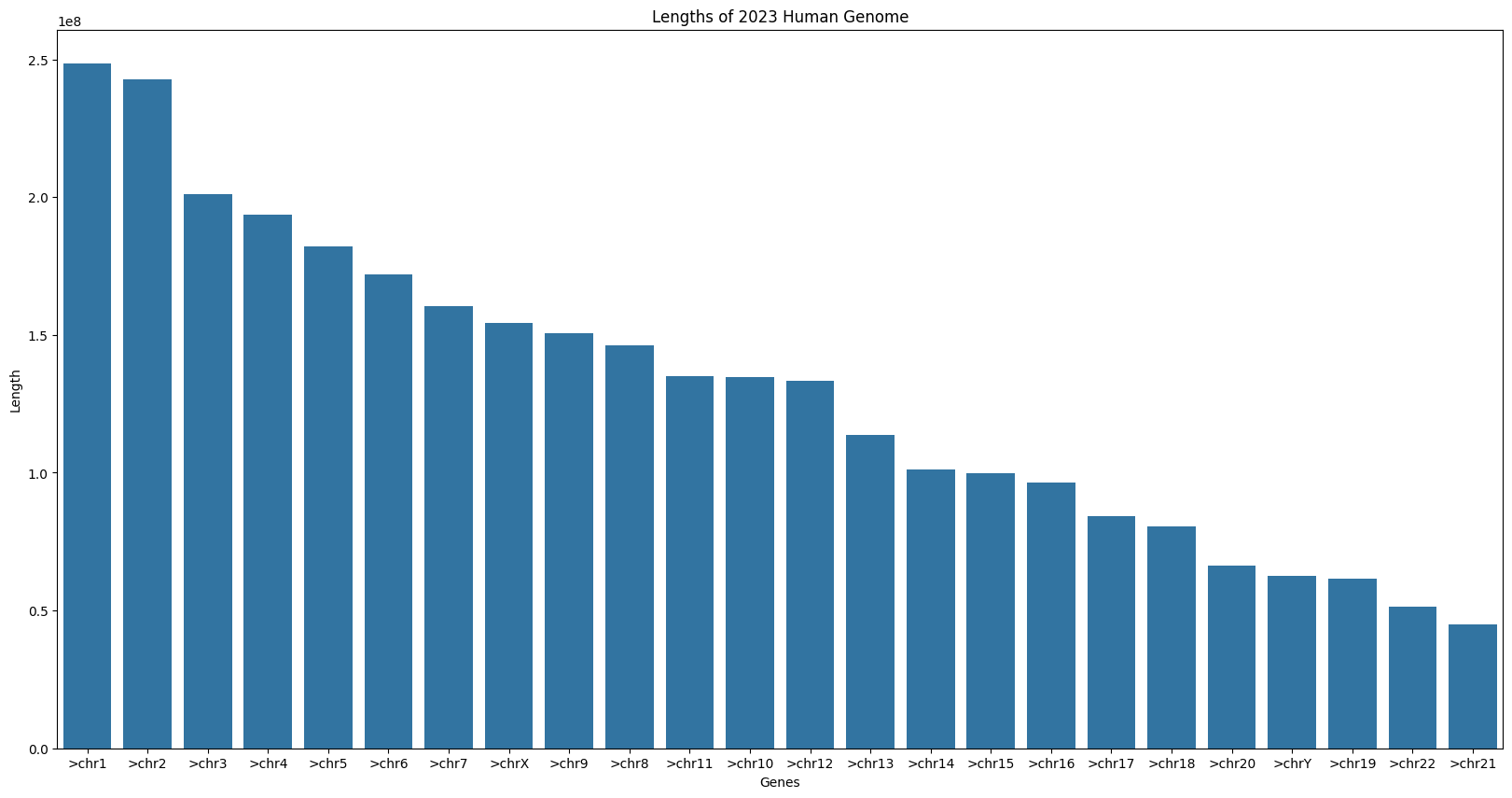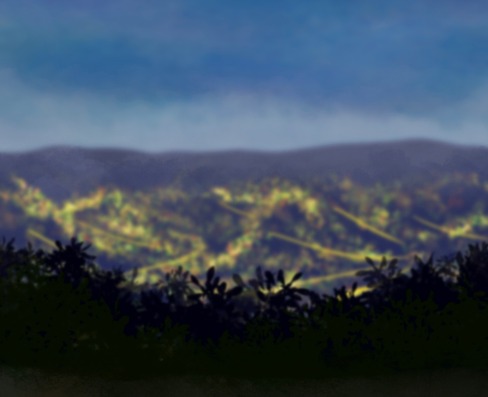You Are My Special
“And he tasted both…” — Prof. Hosea Nelson
You Are My Special 1
The 2023 anime season is over, which means it is now 2024. Happy new year! Ok, this post is actually kind of late.
I feel really bad for the MAPPA animators, but as long as they keep working, I don’t feel that bad. Good luck on One Punch Man 3!
Relativity
For Physics 1b, analytical track, we are learning special relativity and it is actually a lot of fun. I heard that in the Ph 1b practical track, which teaches electricity and magnetism, the homework only takes around ten minutes to complete.
It requires a lot of reading and thinking, but it’s much more interesting to learn something that I don’t already know, so I decided to do the analytical track. Also, every lesson is just so cool, finally getting to do the stuff that sounds like science fiction.
After a month in the course, I think that I definitely needed to read more than I thought. I ended up not being able to solve momentum and energy conservation problems mainly because I wasn’t exactly sure whether it was the sum of vectors or the magnitude of vectors that gets conserved.
Uncertainty stems from ignorance and it’s a feeling that I find very uncomfortable, it’s an itch that goes from my chest to my neck, if that helps visualize. So, I definitely need to read more.
Also, I’m an ombud, so I should at least try to do well.
Course Reviews
Based on the first week of classes, here are my reviews of the other classes:
class CS2 () {}
CS 2 is a very fun and interactive class. I believe it is most beneficial for those who already know Java but are not great at programming. Caltech’s intro classes do a great job of ensuring fundamentals, but not necessarily the time to build them up. The first lecture’s diagnostic test required a decent knowledge of Java that many students did not have because CS 1 is taught in Python.
C-H 1b
Ch 1b is much better than Ch 1a, partially because the lecturer has more experience commanding the classroom, but also because there is an acknowledgement that its purpose is to mostly to provide a bit of background for the non-chem majors. According to A, who did a lot of chemistry in high school, Ch 1a was pretty easy. For me, it was just very tedious, not necessarily difficult.
This is the class that actually has topics like reaction rate and equilibrium constants. I think this class should come before Ch 1a, which has more knowledge-based topics like molecular orbitals and ligands.
Professor Hosea Nelson is a pretty funny guy, though his handwriting is sometimes illegible. For instance, he described the invention of organic chemistry in 1828 when Friedrich Wöhler used chemicals from non-living sources to create urea, an organic chemical found in the urine of animals.2
Then Prof. Nelson said, “And he tasted both to make sure they were the same.”3
Bi 1c
Bi 1c is one of a few options for the required core biology introductory course. It integrates elements of CS and discrete math into a discussion of biology.
The instructor views natural selection/evolution as the most crucial concept in all of biology, which I thought was very similar to what DMO does in Applied Algorithmic Design. The most impressive project that AAD classes get to is usually the genetic algorithms unit, which uses a class of some thing that is able to get better at some task over time through the process of mutations and natural selection based on some conditions.
This may be the best course I have taken so far, which is surprising because it is a new course this year and will only get better.
We basically discuss one paper each class relating to the lesson and do one challenge question in class. For example, today’s was finding the critical points of a multivariable function using the Lagrange multiplier method.
There was also an optional project about calculating the Shannon entropies of DNA sequences (mRNA) in the human genome. I was able to do an analysis of the different labeled sequences in the 2022 FASTA file from UC Santa Cruz.
 Entropies of sequences in the human genome.
Entropies of sequences in the human genome.
 Sequence lengths in the human genome.
Sequence lengths in the human genome.
Discussion
You can see there is a negative correlation between entropy and length. This is likely because the shorter a sequence is, the less redundance there should be.
It’s kind of like how in a long poem, some words could be taken out and it would probably mean something similar, but a short poem would completely change if you removed a single word.
If a shorter DNA sequence were supposed to provide a similar number of functions as a longer sequence, it makes sense that the longer sequence might be allowed to be a bit more repetitive and still achieve the same goal.
That’s just a taste of Bi 1c, which I predict will become a very popular course not just because it’s a graduation requirement.
Ma 1b
Linear algebra might be better taught practically because there are some things that feel a bit extra, like fields and vector spaces, but taking this proof-based class may be better since I already know the basics and am looking for something more interesting.
According to an upperclassman E, Ma 1c analytical is topology and differential geometry, and only four weeks of multivariable calculus.
One month in, I think that reading the textbook is also definitely necessary for full comprehension of the material, which is definitely to be expected at this school.






Leave a comment